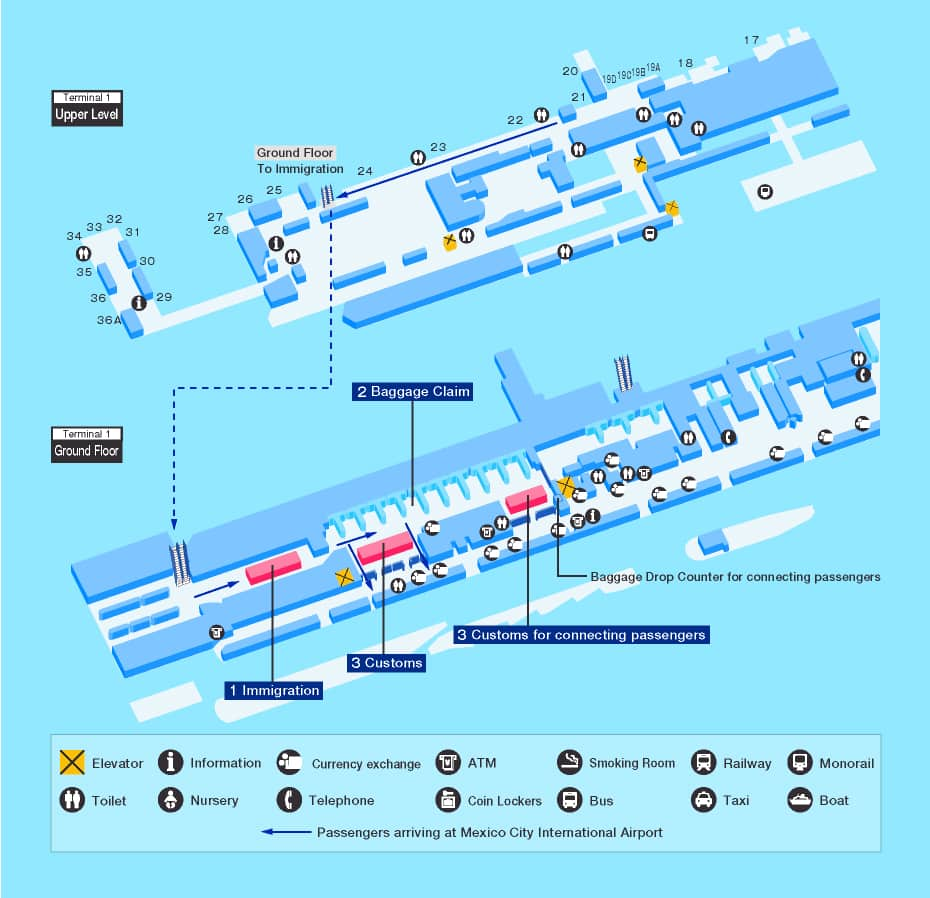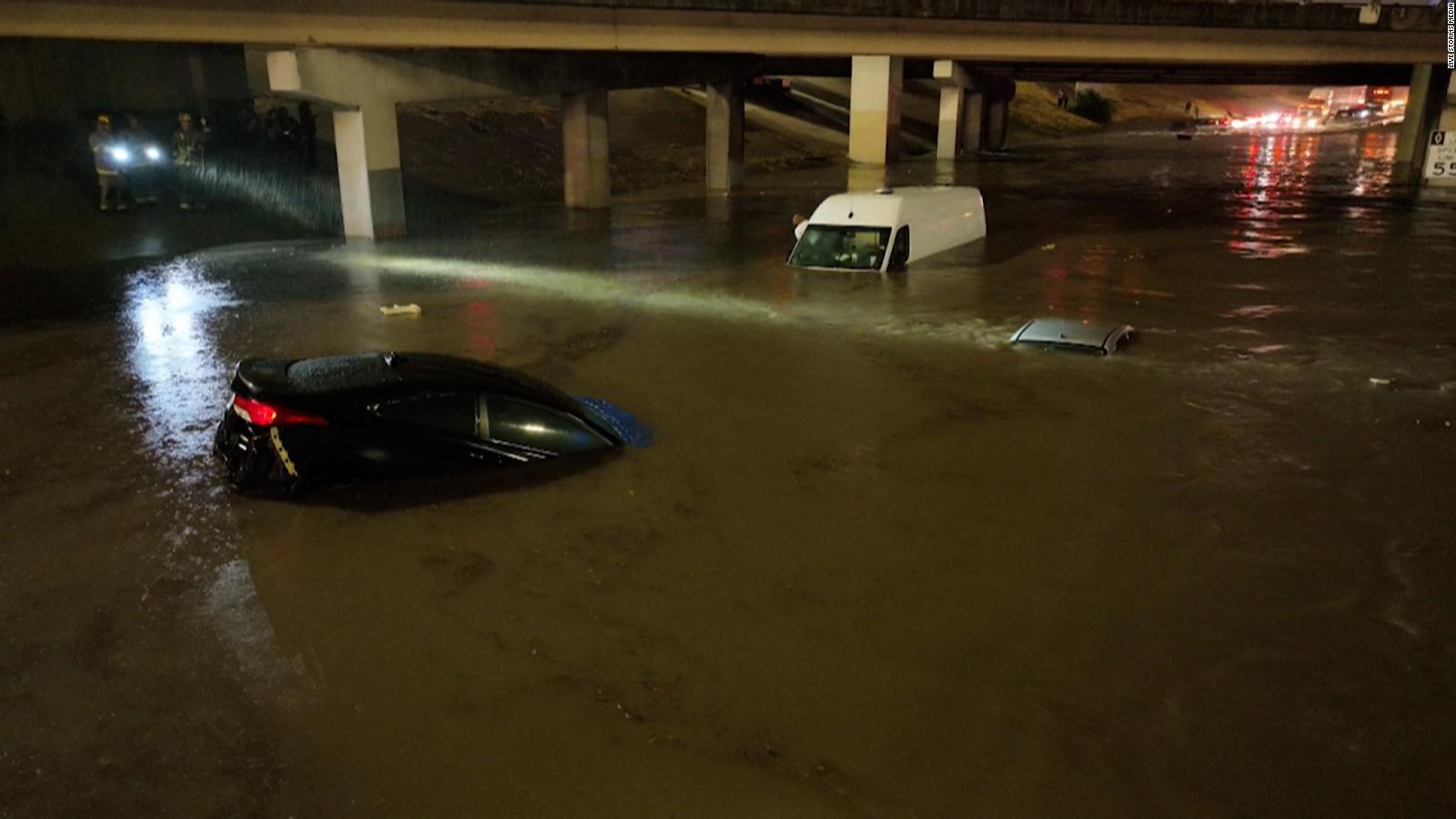


There is high susceptibility of landslides on the west and southwest of the city. During the dry season (December–April), southern CDMX has very high probability of forest fire occurrence. Flooding events were estimated for RP of 2, 5, 10, 50, and 100 years, and most of them are concentrated in the central and northern sectors of the city. Subsidence is concentrated to the east and southeast of CDMX, where subsidence rates are among the highest worldwide. Three areas in central and northwestern CDMX were identified along the Younger Chichinautzin Monogenetic Volcanic Field with a high probability of forming a new volcano. Seismic hazard was estimated for return periods (RP) of 20, 125, 250, and 475 years. A total of 274 shape-file maps were generated in this project. We identified the prevalent social risk to the more relevant hazards in Mexico City (CDMX): earthquakes, volcanic eruptions, floods, landslides, forest fires, and land subsidence.

We present a Risk Atlas of Mexico City based on a Geographical Information System (RA-GIS).


 0 kommentar(er)
0 kommentar(er)
